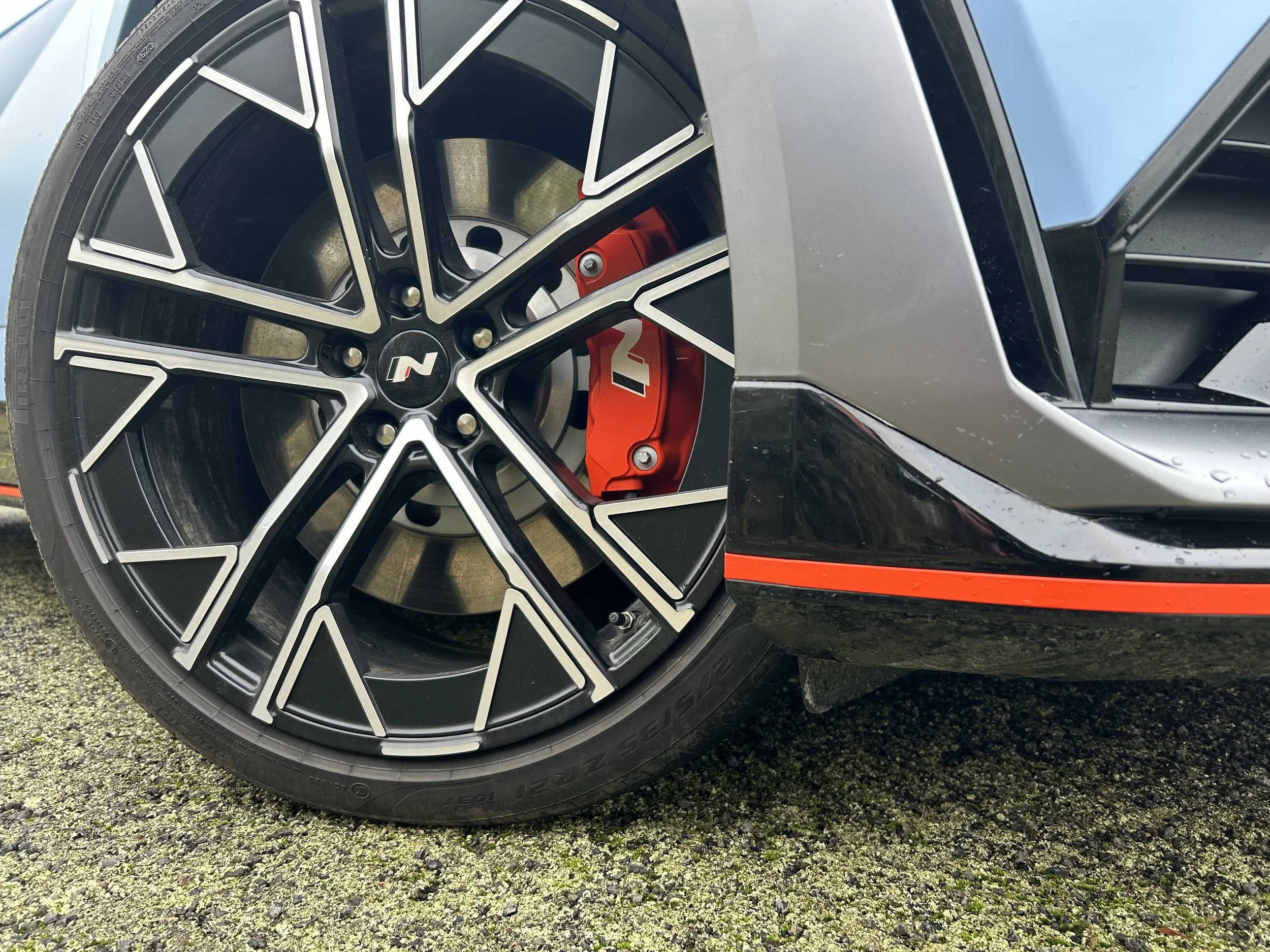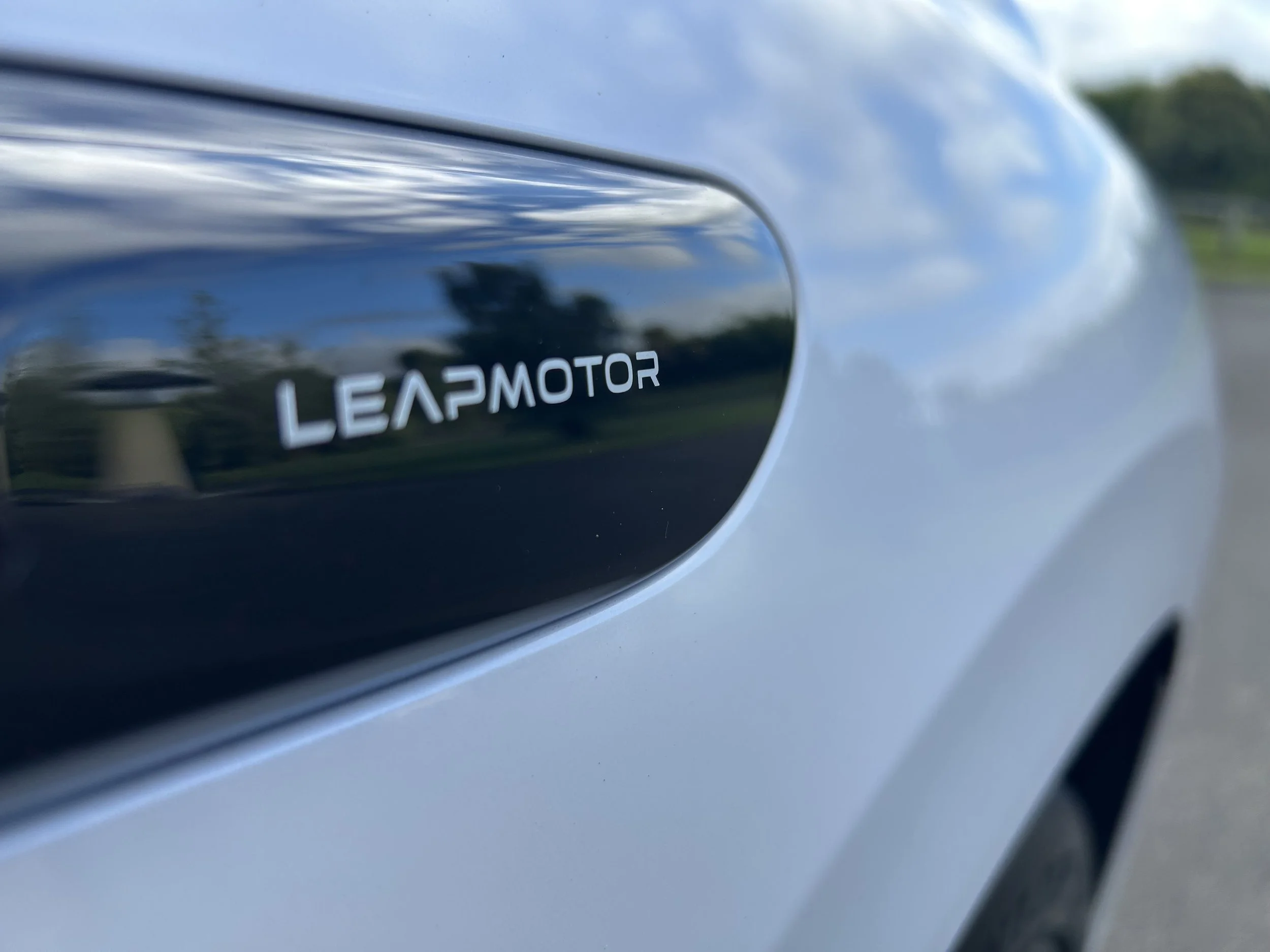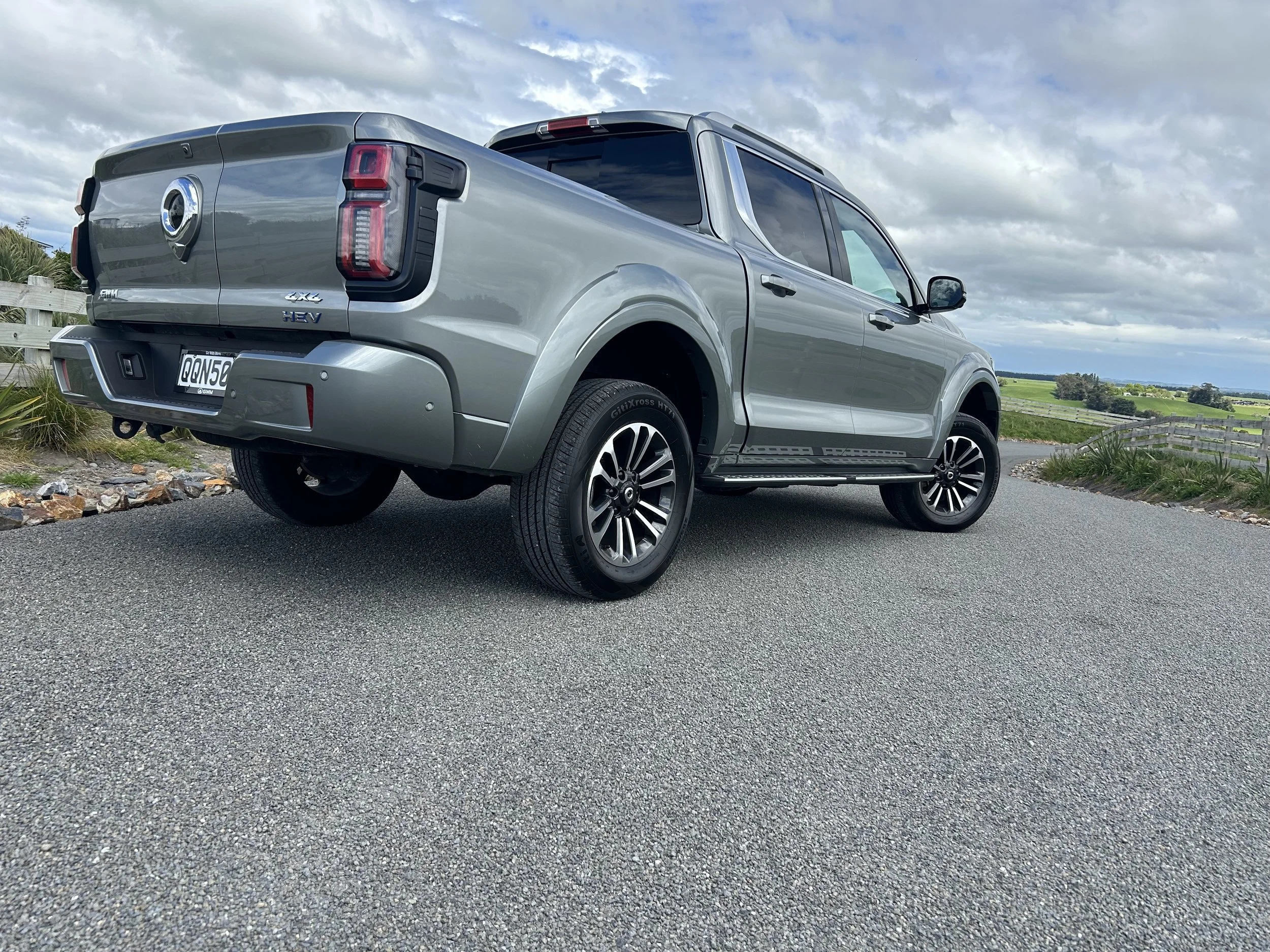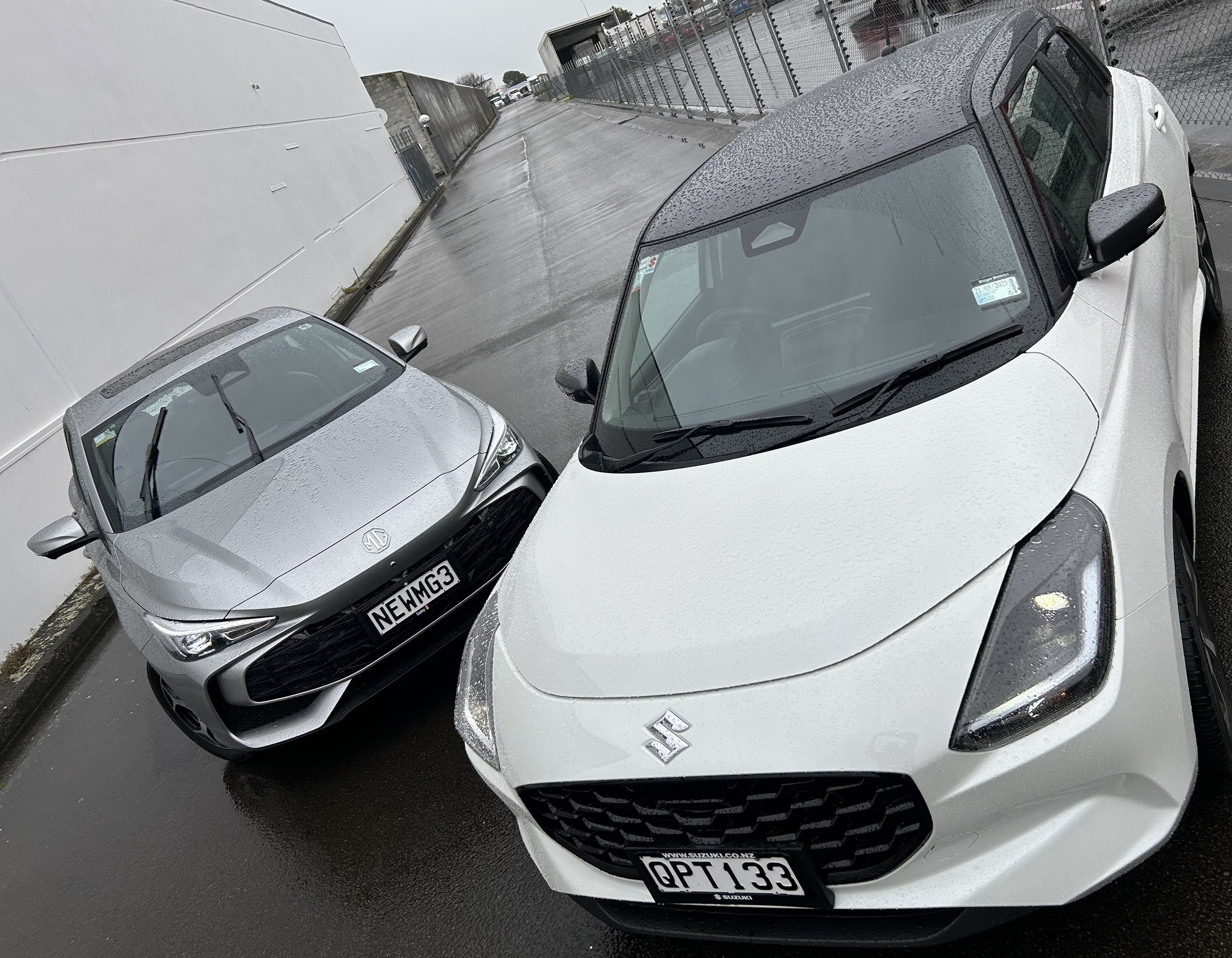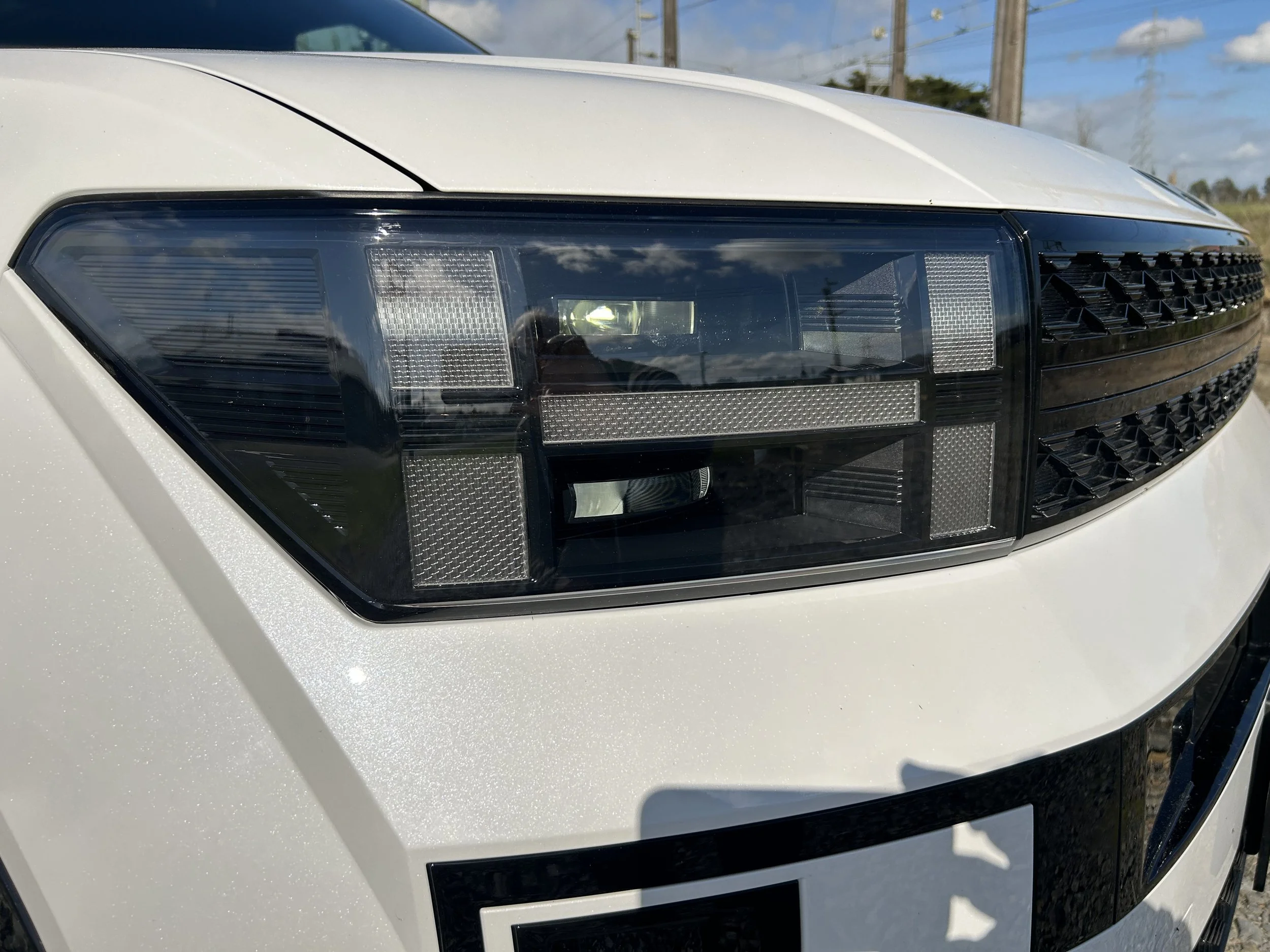Pomeroy – treading lightly in the 1920s
/
Aluminium has become a common material in modern cars. But who was first to put this lightweight material on the road? The answer might surprise.
Exactly why the Aluminum Company of America decided to diversify and initiate plans for the development of an automobile is a mystery.
The timing is equally curious as in late 1919 the world was gripped by an intense post war economic recession. Another fascinating aspect of the project is the fact that the company retained the services of Laurence H. Pomeroy to oversee development.
Born in London, England, Pomeroy had apprenticed as an engineer with the North London Railway Company. In 1905 he accepted a position with Vauxhall Ironworks Company and in late 1907 was tasked with a project to redesign one of the company’s engines to allow for Vauxhall to compete in the 1908 RAC 2000-mile trial run.
The cars modified by Pomeroy won several classes and as a result he was promoted to the post of Works Manager. In 1910 he modified a 20hp Vauxhall that reached speeds of 100 miles per hour at Brooklands.
This was also the year that he designed a car to participate in the German Prince Henry Tours that were held from 1905 to 1911. This would become the basis for the now legendary Vauxhall “Prince Henry” models manufactured by Vauxhall from 1911 to 1914.
These limited production models were internationally acclaimed for speed as well as durability. In 1914, H. Massac Buist, a leading automotive journalist noted that, "Of the three Vauxhalls which ran in the Prince Henry Tour, two got full marks for reliability, and all did about 65 miles an hour in the speed trial, which was really quite good for that engine with a four-seated body and a full complement of passengers.
“So many people desired cars of this special type that in 1911 it was made a regular product of the Vauxhall works, and, during the last year or so a new style has sprung up. In this the engine dimensions are 95 by 140 mm., the old bore-stroke ratio having penalised the car under many hill-climbing formulae. All such formulae which do not involve the cubic capacity of the engine are by common acceptance considered advantageous to engines with small bore and long stroke. The chassis follows the lines of the original Prince Henry but has rather a longer wheelbase."
Pomeroy was also an early proponent for the use of aluminum in automobiles. However, in this he was not alone. Numerous automobile manufacturing companies, most notably Franklin of Syracuse, New York, were pioneering the use of the lightweight metal to enhance the performance of their durable air-cooled vehicles. Still, the car envisioned by the Aluminum Company of America, was to be a true industry leader.
The Pomeroy, as the car was named, was to utilize aluminum in eighty-five percent of its construction including body panels, crankcase, transmission case and dashboard.
Purportedly several hundred thousand dollars was spent on the top-secret project before six cars were completed in Cleveland, Ohio in 1921. The four-cylinder cars were vigorously tested before their introduction to the public the following year.
Then arrangement was made with the luxury automobile manufacturer Pierce-Arrow to develop an extended wheelbase, 133-inches versus 126-inches, model powered by a 75-horsepower, aluminum six-cylinder engine. It was a logical partnership as Pierce-Arrow was another early proponent of aluminum having made extensive use of the metal in the 1916 Model 66.
A few Pomeroy’s were completed and tested before the entire project was unceremoniously dropped. Today the Pomeroy automobile is largely a forgotten chapter in the history of the American auto industry. It is also but one of many interesting chapters in the history




